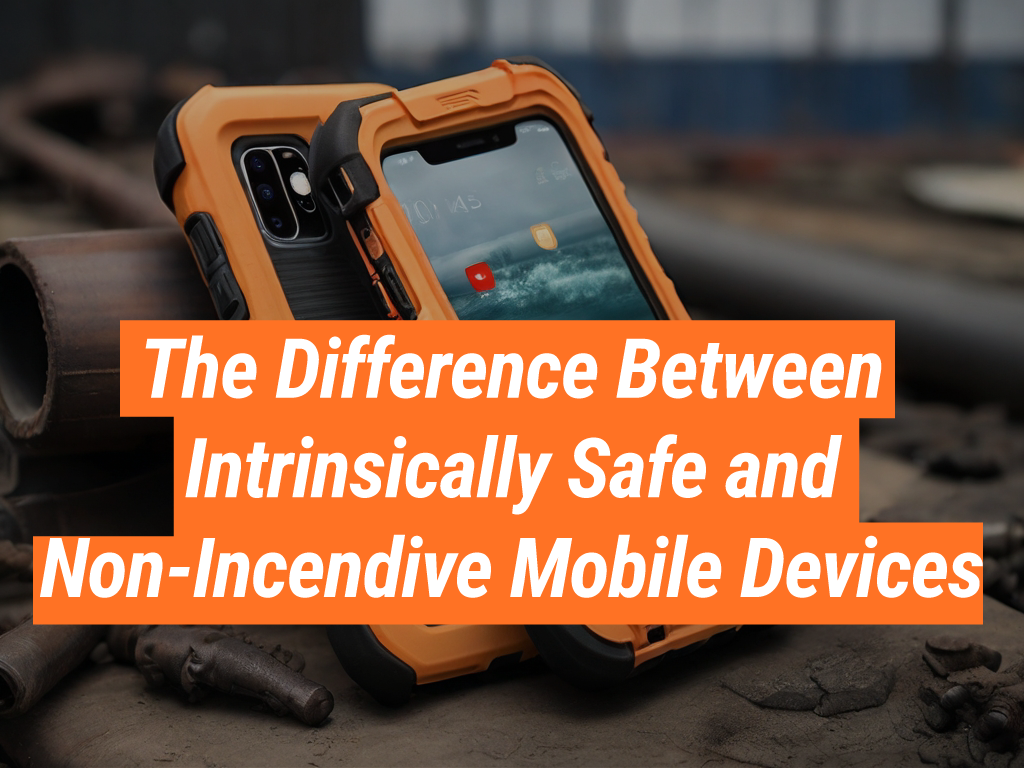When it comes to operating in hazardous environments, safety is paramount. This is where specialized mobile devices, such as intrinsically safe and non-incendive devices, come into play. In this article, we will delve into the differences between these two types of devices, their applications, and their importance in maintaining safety in hazardous conditions. Intrinsically Safe Store, a leading provider of intrinsically safe and non-incendive devices, brings you this information. We invite you to explore our website to learn more about our products and services.
What are Intrinsically Safe Devices?
Designers engineer intrinsically safe devices to operate in potentially explosive atmospheres without causing ignition. They achieve this by restricting the electrical and thermal energy to levels below what is required to ignite a specific hazardous atmospheric mixture.
Applications of Intrinsically Safe Devices
Industries such as oil and gas, mining, chemical processing, and pharmaceuticals commonly use these devices where there is a high risk of explosive atmospheres.
What are Non-Incendive Devices?
On the other hand, designers create non-incendive devices to prevent ignition under normal operating conditions. However, unlike intrinsically safe devices, they do not design them to prevent ignition in the event of a fault condition.
Applications of Non-Incendive Devices
Typically, people use non-incendive devices in less hazardous environments, such as areas where flammable gases, vapors, or dust may accidentally exist but are not normally present.
Key Differences Between Intrinsically Safe and Non-Incendive Devices
While both types of devices are designed to prevent ignition in hazardous environments, there are key differences between them:
- Intrinsically safe devices are designed to operate safely in both normal and fault conditions, while non-incendive devices are only safe in normal operating conditions.
- Intrinsically safe devices are suitable for use in more hazardous environments than non-incendive devices.
- The certification process for intrinsically safe devices is more rigorous than for non-incendive devices.
The Importance of Choosing the Right Device
Choosing the right device for your needs is crucial to maintaining safety in hazardous environments. The wrong device could potentially ignite a hazardous atmosphere, leading to catastrophic consequences. Therefore, it’s essential to understand the differences between intrinsically safe and non-incendive devices and choose the one that best suits your needs.
In conclusion, while both intrinsically safe and non-incendive devices are designed to prevent ignition in hazardous environments, they differ in their design, applications, and certification processes, especially for mobile devices. Understanding these differences is crucial in choosing the right device for your needs. For more information on these devices, or to explore our range of intrinsically safe, visit Intrinsically Safe Store or contact us today.



























